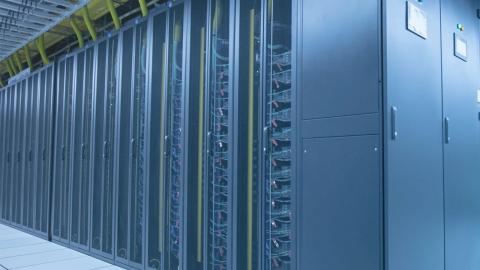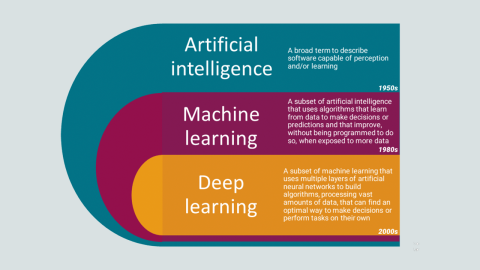IT security is a huge management concern that receives a lot of attention and budget. The battle to keep out intruders – and manage unwelcome activity from insiders - is not just virtual. This report discusses the tactics, processes, tools and…
filters
Explore All Topics
Maintaining and training staff on comprehensive, up-to-date procedures is a proven best way of reducing the likelihood of an outage and is key to restoring operations quickly afterward. This report examines the impact of outages and the relationship…
The best-run data centers are those where managers have access to meaningful information about their facility's assets and operational status. This report details the questions they need to ask when purchasing DCIM software.
Data center owners and operators share their experiences with the data center staff and skills shortage. In this report, based on interviews and surveys, operators discuss the impact of the shortage on their operations and strategies they have…
Data center infrastructure management software is widely considered essential for running modern, flexible and efficient data centers – but it is also notoriously difficult to select and deploy. This report, the first in a two-part series, provides…
The increasing adoption of AI signals the beginning of a major shift in how data centers will be managed and operated. This Uptime Institute Intelligence report overviews data center AI technology and its requirements, use cases, risks and costs.
The adoption of virtualization and software containers, and the use of public cloud have been in full swing for some time. What effect is this having on data center capacity and density? How should operators build this into their demand forecasting…
Uptime Institute Research looks at smart energy, including its potential for changing mission-critical IT as well as many of the enabling technologies.
Most data center operators have failed to carry out an up-to-date risk assessment to prepare for hitherto unlikely events and gradual changes caused by climate change. As a result, their facilities and businesses may be vulnerable as the threat…
A major retailer applied FORCSS to evaluate three IT infrastructure options, with the end result that it moved from a traditional platform to a cloud-based SaaS delivery system.
Making sense of the seemingly contradictory data from the 2018 Annual Data Center Survey
While only 18% of Uptime Institute Data Center survey respondents rely solely on a water-based system, Uptime Institute believes that a nitrogen-charged, dry-pipe or preaction, water-based solution is the most appropriate fire suppression system in…
A new book, Meltdown by Chris Clearfield and András Tilcsik, provides an explanation for the source of systems errors. Like Uptime Institute, the authors attribute human error to management mistakes, but they also offer a number of innovative…
New Uptime Institute research data shows that downtime is common and may even be increasing, in spite of many advances. Complexity and extensive use of third parties has made life more difficult for management.
 Intelligence Team
Intelligence Team







 Andy Lawrence
Andy Lawrence






